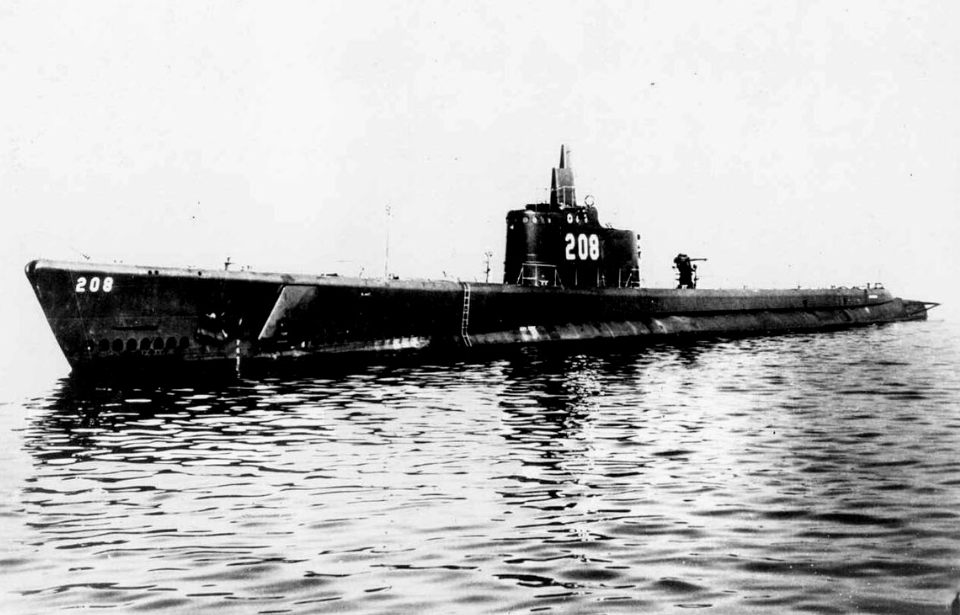Vanished without a trace during World War II, the USS Grayback (SS-208) remained one of the Navy’s enduring mysteries for decades—until she was finally located nearly 75 years later. The submarine was found in the depths of the Philippine Sea, more than 100 nautical miles from the site originally recorded by the U.S. Navy. This remarkable discovery brought long-overdue closure to the families of the 80 crew members who went down with her, honoring their bravery and ensuring their story would no longer be lost to history.
USS Grayback (SS-208)
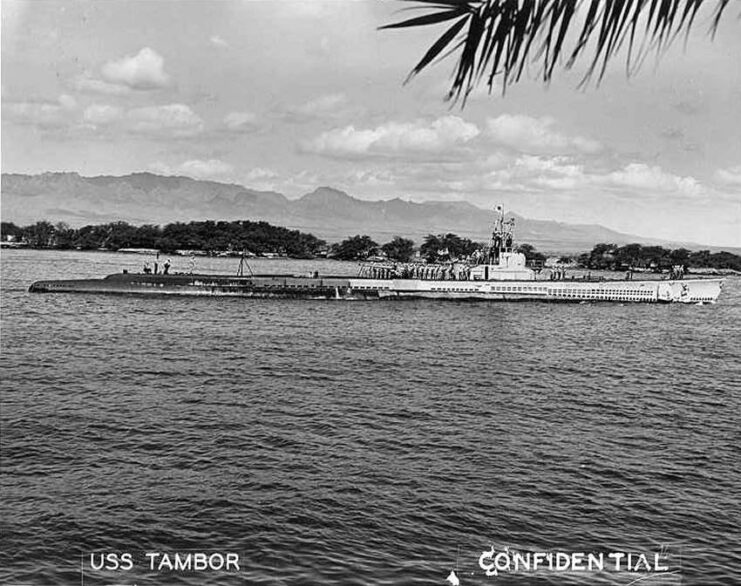
Commissioned on June 30, 1941, the USS Grayback (SS-208) joined the U.S. Navy under the leadership of Lt. William A. Saunders. As a member of the Tambor class, she embodied the next generation of long-range submarines engineered for extended missions across the expansive Pacific theater during World War II.
Grayback was built for endurance and formidable offensive power, boasting four General Motors V16 diesel engines, four General Electric high-speed electric motors, and two 126-cell Sargo batteries. These systems enabled her to reach speeds of 20.4 knots on the surface and 8.75 knots when submerged. She offered a cruising range of 11,000 nautical miles at 10 knots and could stay submerged for up to 48 hours at 2 knots—capabilities ideal for deep patrols far from base.
Her weaponry was equally impressive, featuring ten 21-inch torpedo tubes loaded with 24 torpedoes. For engagements on the surface, Grayback was armed with a three-inch deck gun, as well as Bofors 40 mm and Oerlikon 20 mm cannons. Operated by a crew of 60—54 enlisted sailors and six officers—Grayback was a compact but powerful force, respected as one of the Navy’s most reliable submarines.
USS Grayback‘s (SS-208) service during World War II
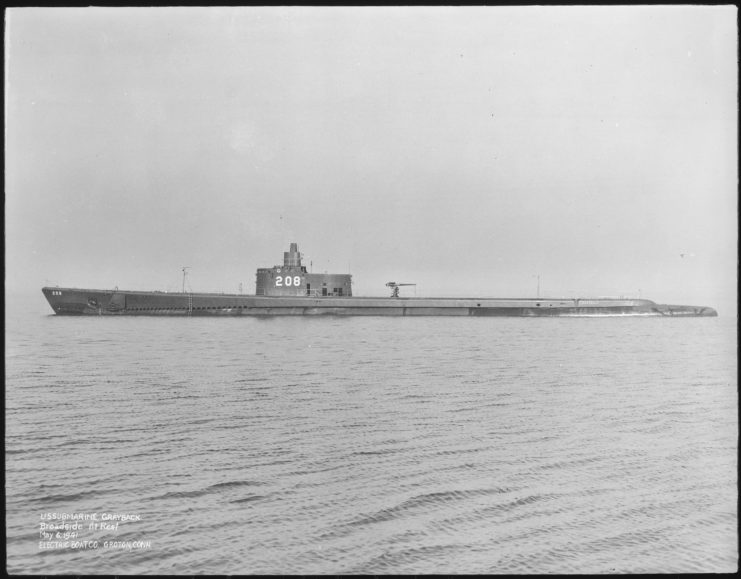
Following the US entry into World War II after the Japanese attack on Pearl Harbor, the USS Grayback began to see action. Originally commissioned into the Atlantic Fleet, she was 20th in total tonnage sunk by American submarines, taking out 14 enemy ships (63,835 tons). She was also awarded eight battle stars for her service throughout the conflict.
In February 1942, Grayback departed from Maine for Hawaii. The submarine’s first war patrol took her along the coasts of Saipan and Guam, where she had a four-day standoff with a Japanese submarine. The enemy vessel fired two torpedoes at Grayback and followed her until she managed to escape. A month later, the submarine sank her first ship, the Japanese cargo vessel Ishikari Maru.
Grayback later conducted patrols in the South China Sea and St. George’s Passage, where the submarine was challenged by the bright moonlight, intense enemy patrols and treacherous waters. Despite these hurdles, the presence of her and her sister ships was instrumental in the success of the Guadalcanal Campaign, America’s first major land offensive in the Pacific.
Grayback garnered an impressive number of kills after this, and was even credited with saving the lives of six crewmen who’d survived the crash of their Martin B-26 Marauder in the Solomon Islands. While she experienced a string of bad luck during her sixth patrol, the submarine’s reputation made a turn for the better in later patrols, one of which saw her join one of the first wolfpacks organized by the Submarine Force.
Of all her patrols, it was Grayback‘s 10th that was her most successful – and also the submarine’s last.
A successful final mission in the Pacific Theater
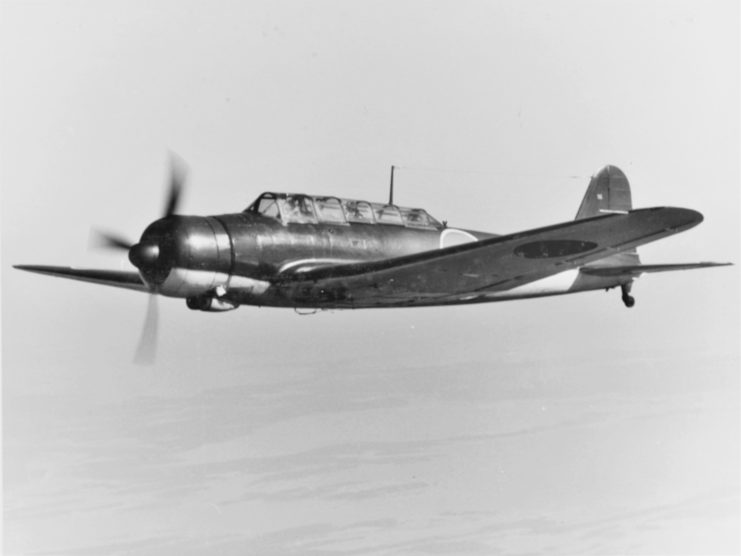
On February 24, 1944, the crew of the USS Grayback reported sinking two Japanese cargo ships and damaging two more. The next day, they sent what would be their last report, confirming the destruction of the tanker Nanho Maru and serious damage to the Asama Maru. With only two torpedoes left, the submarine was ordered to return to its base in Fremantle, Western Australia.
The Grayback was scheduled to arrive at Midway Island by March 7, 1944—but it never appeared. By March 30, the submarine was officially listed as missing, with all 80 crew members presumed lost.
Decades later, captured Japanese records shed light on the mystery. Following an attack on convoy Hi-40, the Grayback fired its last torpedoes on February 27, sinking the Ceylon Maru in the East China Sea. Not long after, a Japanese Nakajima B5N torpedo bomber spotted the vessel and dropped a 500-pound bomb.
Reports indicate the Grayback “exploded and sank immediately.” Additional anti-submarine aircraft later blanketed the area with depth charges. For nearly 75 years, her fate and location remained unknown—lost to history until her rediscovery offered long-awaited answers.
Unexpected discovery within the USS Grayback (SS-208)
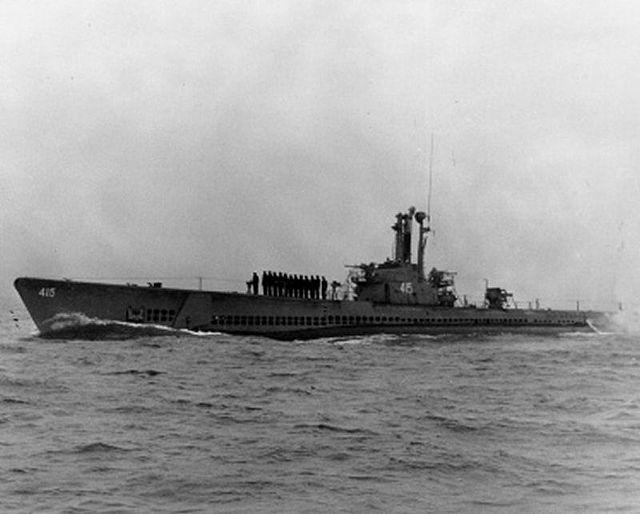
During the Second World War, 52 American submarines were lost, taking the lives of 374 officers and 3,131 sailors. The Lost 52 Project is an initiative dedicated to locating all 52 vessels, to bring closure to the families of those who lost their lives. Using state-of-the-art technology, the team captures images and 3D scans of the wrecks they discover to help document each submarine.
On November 10, 2019, the Lost 52 Project announced it had located the USS Grayback some 50 nautical miles south of Okinawa, roughly 1,400 feet below the surface. Her deck gun was found 400 feet away from the main wreckage. The damage the submarine had sustained appeared consistent with what was listed in the Japanese report. There was severe damage aft of the conning tower, and part of the hull had imploded. As well, the bow had broken off at an angle.
It’s a miracle they even found the wreck, considering the original coordinates translated by the US Navy were 100 nautical miles off, thanks to a clerical error that was off by just one number.
The team set up a dive team to explore the wreckage, but what they found inside overshadowed the celebratory mood around such an incredible discovery. Tim Taylor, one of the team leads, shared how he felt with The New York Times, “We were elated, but it’s also sobering, because we just found 80 men.”
Prayers of family members have finally been answered
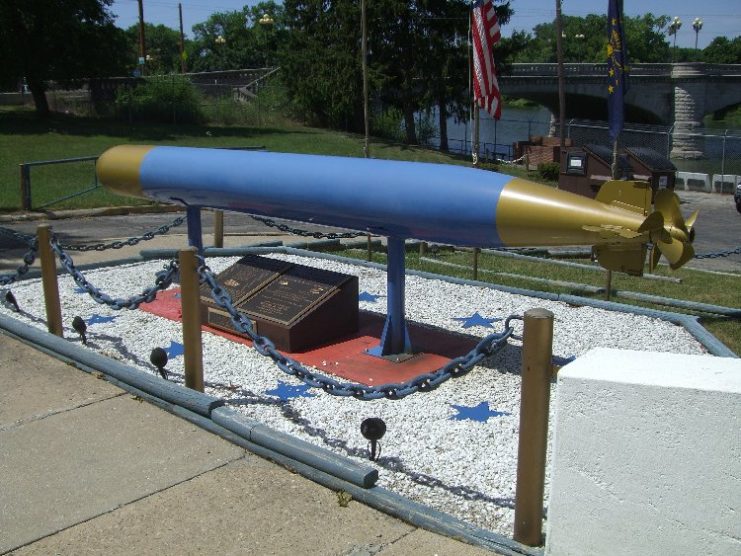
Gloria Hurney’s uncle, Raymond Parks, was among those lost when the USS Grayback sank. He was an electrician’s mate first class. Hurney and many others had come to believe that the wreck would never be found, but the Lost 52 Project proved them wrong.
More from us: Inside a Submarine: A Glimpse Into the Lives of Those Serving Beneath the Ocean’s Surface
While Grayback‘s discovery was bittersweet, it also brought closure and peace to the families who waited 75 years to learn where their loved ones were laid to rest.
